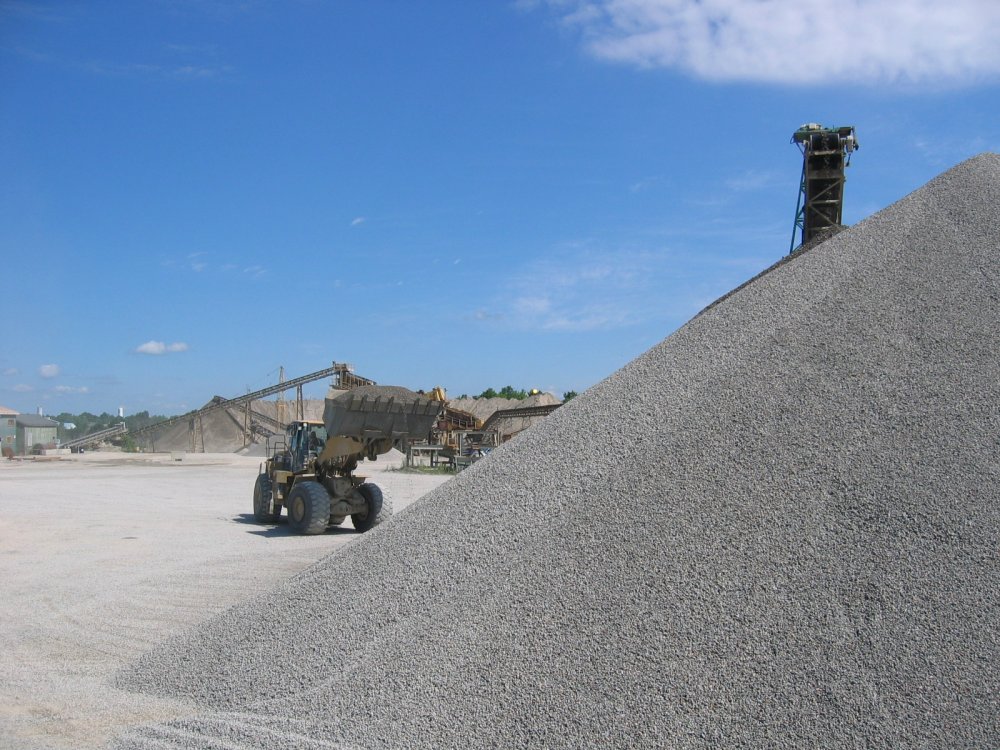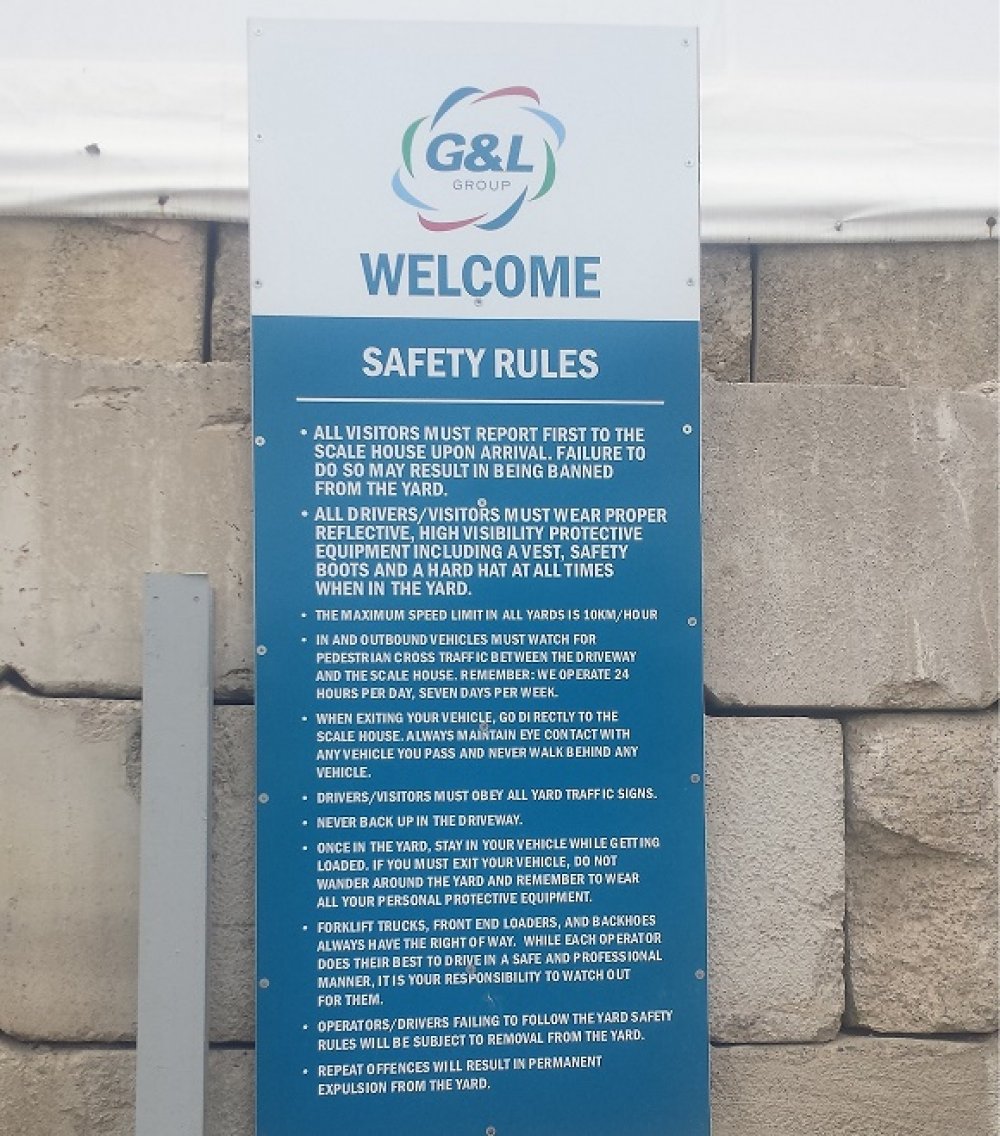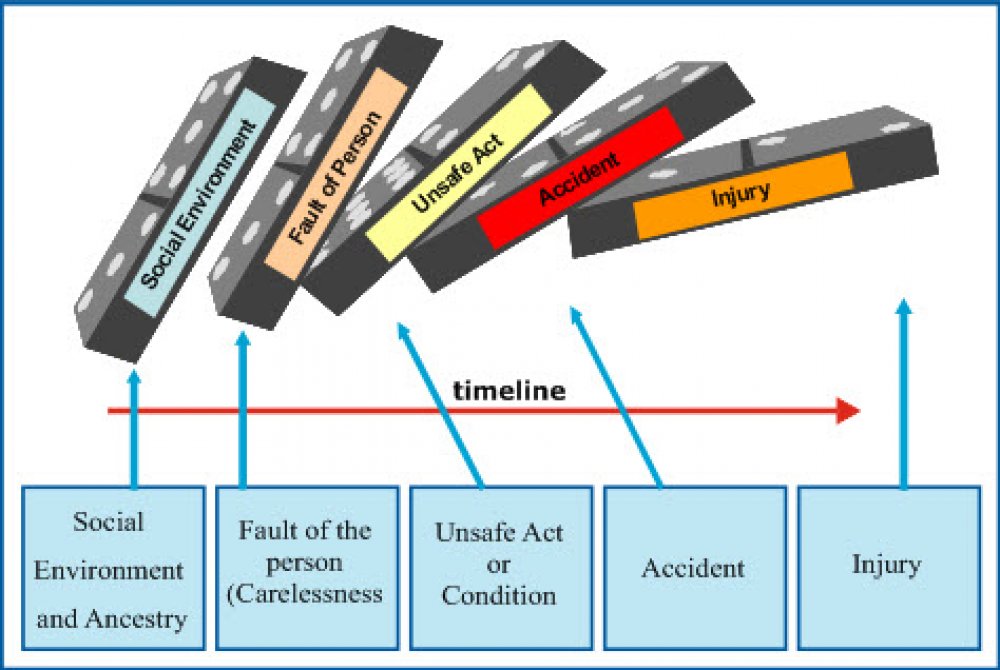THE CONSTRUCTIONIST.

DEC
30
HEALTH & SAFETY AT THE AGGREGATE PIT
Occupational hazards may occur at any job. Proper education and training should be provided, and precautionary measures should be taken in order to avoid workplace hazards. The Occupational Health and Safety Act (OHSA) is Ontario's cornerstone legislation for workplace health and safety. The main purpose of the Act is to protect workers from health and safety hazards on the job. It lays out duties for all workplace parties and rights for workers. It lists procedures for dealing with workplace hazards and provides for enforcement of the law where compliance has not been achieved voluntarily.
OHSA is built on 3 basic rights:
- The right to know about hazards
- The right to participate in health & safety
- The right to refuse unsafe work
At an aggregate pit, workers are exposed to a number of hazards: machinery failure, obstacles in the way, noise and dust, uneven ground, slips/trips/falls, and more. As an aggregate manufacturer with several operating pits throughout southern Ontario, Brock Aggregates treats safety with utmost importance. According to the Heinrich's Domino Theory, accidents arise from a chain of sequential events, and the two primary causes of accidents are unsafe conditions and unsafe acts. Unsafe conditions at an aggregate pit may include defective machinery, overhead hazards, uneven ground, and poor visibility. Unsafe acts may include not using personal protective equipment (PPE) and bypassing safety procedures. Unsafe conditions can be eliminated by having regular inspections of the work site and preventative maintenance of the machinery. Unsafe acts can be eliminated by having proper instruction, training, and enforcement of the safety rules. Workers and management should work together to identify and control hazards. It is important to always be aware of the consequences of unsafe acts, and to have a “think safe – be safe” mentality.



Completing the Job Safety Analysis can help the worker be more aware of potential workplace hazards and know how to avoid them. Job Safety Analysis consists of the following steps:
- Describe the task at hand
- List all possible dangers and risks
- Come up with preventative measures to avoid the hazards
For example, a Job Safety Analysis for a Skid Loader would look like this:
- The task is to travel within a pit on a skid loader
- Possible hazards include pedestrians and vehicles in the way, other heavy equipment in the way, poor visibility
- Preventative measures include following a designated travel route; obeying the speed limits; steering clear of obstacles

Proper signage should be clearly displayed at a pit (safety rules, speed limits, etc.) to remind the workers to think safe and be safe.
Brock Aggregates’ Pit Manager, David Horton, has over 35 years of experience in the aggregate manufacturing industry. Working together with G&L Group’s Health & Safety Manager, the team ensures a safe workplace through regular safety training and diligent equipment maintenance. G&L Group and Brock Aggregates are committed and dedicated to preventing workplace injuries, but remember, safety starts with you!
FIND A LOCATION NEAR YOU
BY POSTAL CODE
KMBY CITY
















